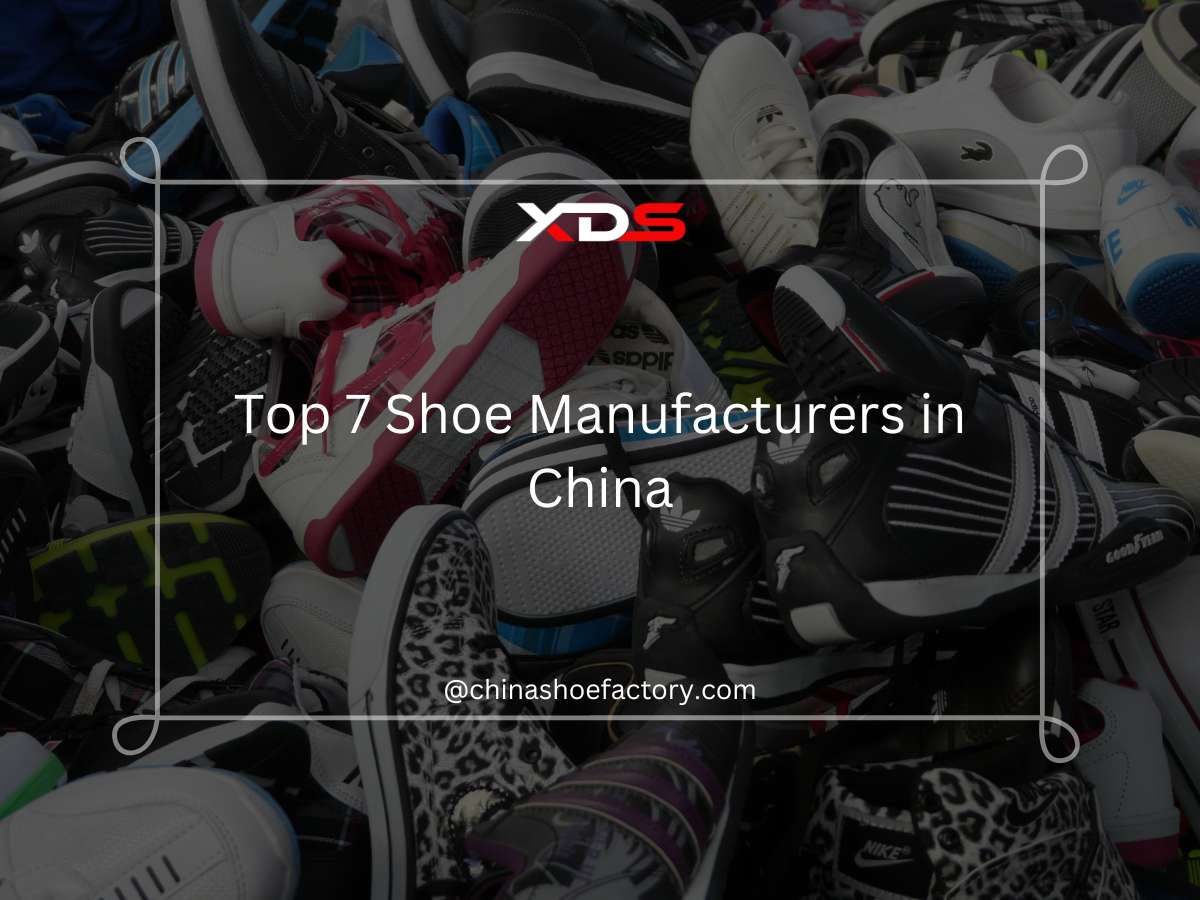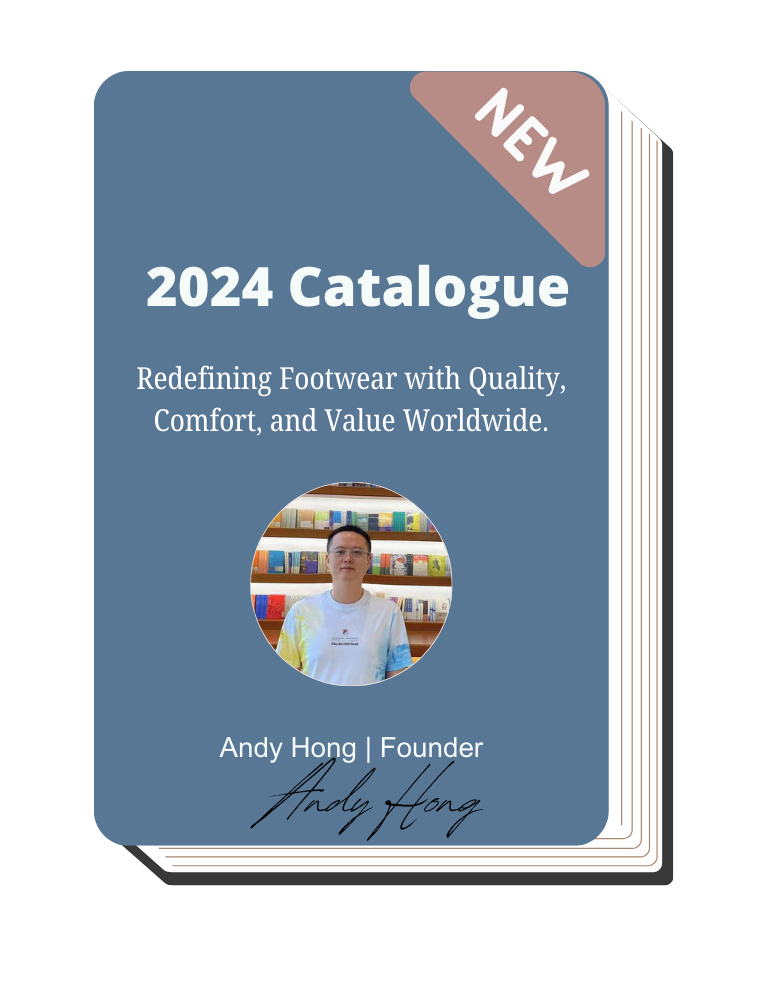Gap Lacing: Make Your Shoes Stand Out

Author: Andy Hong | Founder at XDS
Hi, I'm Andy Hong, here to share my expertise in footwear manufacturing with you.
Gap Lacing: Make Your Shoes Stand Out
Table of Contents
I remember the first time I struggled with lacing efficiency, it was at a trade show, and our team was rushing to set up. A simple delay in securing our gear costs us valuable time. It was frustrating, and I knew there had to be a better way.
That’s when I discovered gap lacing, a technique that optimizes fit while eliminating unnecessary strain. It was a game-changer.
You can trust this article because it’s based on practical experience and tested results. We’re not just discussing theory; we’re covering a method used by businesses to improve efficiency and comfort.
In this article, you’ll learn what gap lacing is, how it enhances durability across industries, and the exact steps to implement it effectively.
Let’s dive in.
1. What is Gap Lacing
You know that moment when discomfort slows you down? Whether it’s pressure on the instep or restricted ankle movement, small issues can turn into big distractions.
That’s where Gap Lacing comes in. It’s a subtle yet powerful tweak to the standard Criss-Cross Lacing method—one that skips a crossover to relieve pressure, improve flexibility, and keep your team moving without discomfort.
This isn’t just about comfort—it’s about performance. When every step matters, the last thing you need is something as simple as laces holding you back.
2. How to Lace Using the Gap Lacing Method
Tired of pressure points slowing you or your team down? Gap Lacing is a simple adjustment that makes a huge difference in comfort and mobility. Follow these steps to get it right.
Step#1 Establish a Secure Base
Begin by threading the lace straight across the bottom eyelets from the inside out. This ensures an even, stable foundation to support the entire lacing structure.
Step#2 Maintain Stability While Reducing Pressure
Cross the laces at each eyelet pair, feeding them under the sides and pulling them through the next set of eyelets. Continue this pattern until reaching the pressure point or ankle area—the section requiring relief or added flexibility.
Step#3 Introduce the Gap for Maximum Efficiency
Instead of crossing over, run both lace ends straight up along the sides to the next available eyelets. This gap alleviates tension in targeted areas, preventing unnecessary strain without sacrificing structural integrity.
Step#4 Reinforce the Fit
Once past the sensitive area, resume the criss-cross lacing pattern and continue upward. This secures the fit while ensuring the necessary flexibility and comfort for all-day performance.
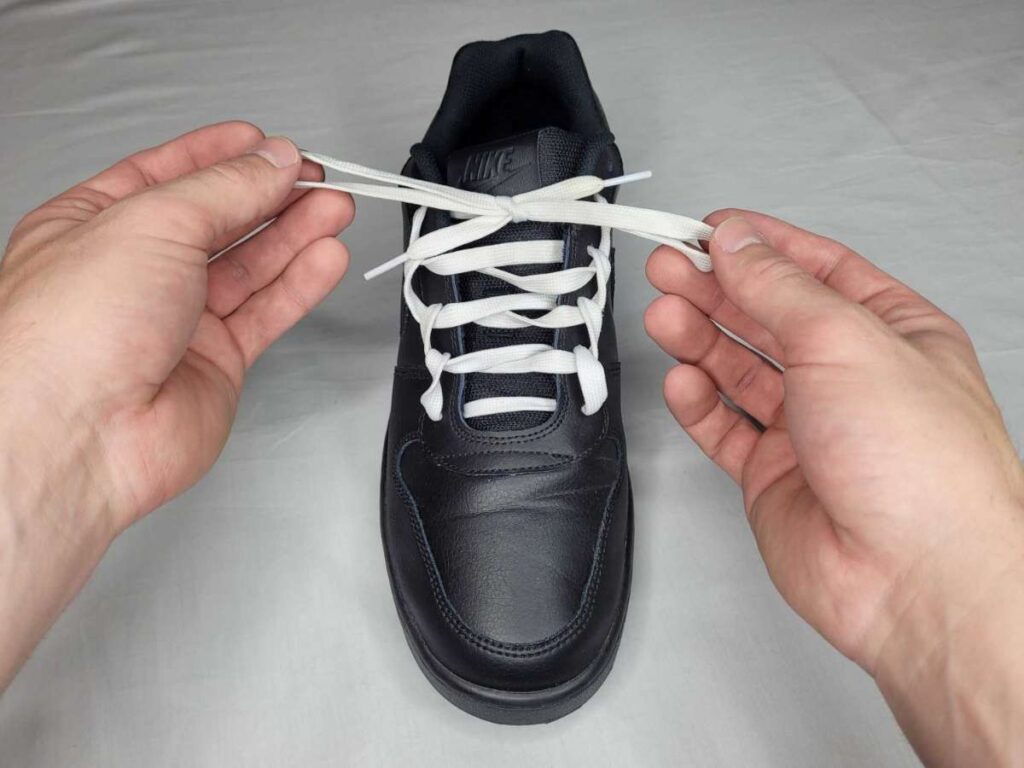
3. Lacing Variations
Every work environment is different, and so are the demands placed on your team’s footwear. Gap Lacing isn’t a one-size-fits-all solution—it’s a flexible method that can be adjusted based on your needs. Whether the goal is pressure relief, enhanced mobility, or a more secure fit, these variations let you fine-tune the technique for maximum performance.
Standard Gap Lacing
- Balanced Comfort & Support
For teams that need just enough relief without losing structure, this variation skips one crossover with vertical gaps on the outside. It provides targeted pressure reduction while maintaining overall stability.
Tighter Fit
- More Security, Less Movement
When extra security is the priority, this variation skips one crossover but places the vertical gaps on the inside of the shoe. It pulls the laces in tighter, providing a more locked-in fit—ideal for roles that demand quick, precise movements.
Extended Gap
- Maximum Flexibility & Pressure Relief
For those dealing with larger sensitive areas or requiring more ankle flexibility, this method skips two crossovers instead of one. This creates a broader gap, reducing tension across a wider area while allowing for greater range of motion.
The right variation depends on the specific challenges your team faces. When every detail counts, even the way you lace your footwear can contribute to better performance, fewer distractions, and improved overall efficiency.
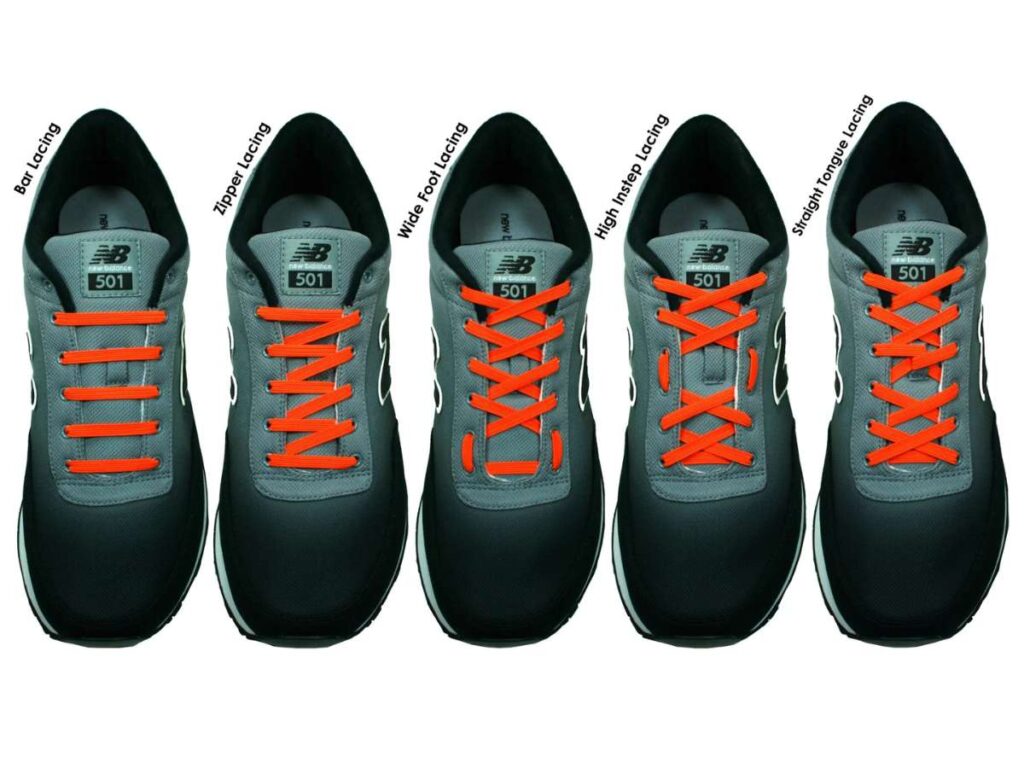
4. Features of Lacing
When optimizing workplace performance, every detail matters—even the way footwear is laced. Gap Lacing isn’t just about comfort; it’s about creating a balance between support, flexibility, and efficiency to keep your team moving without distractions. Here’s what makes this technique stand out:
- Reduces Pressure on Key Areas: Traditional lacing applies uniform tension across the foot, but that doesn’t always work for everyone. Gap Lacing eliminates unnecessary pressure in sensitive areas, making long hours on your feet more manageable.
- Increases Flexibility Without Compromising Stability: Whether it’s ankle mobility for dynamic movements or relief for high arches, this method provides more freedom where it’s needed while keeping the rest of the shoe secure.
- Creates a Less Structured, More Adaptive Fit: Some environments demand a snug fit, while others require more adaptability. Gap Lacing allows for small adjustments that make a big difference in comfort and movement.
- Requires Slightly Longer Laces: Because of the extra vertical spacing, laces will be about 15% longer than with traditional criss-cross lacing. This is an important consideration when making adjustments across a team or workforce.
The result? Fewer distractions, improved focus, and better efficiency on the job. When the right tools are in place—down to the laces—your team can perform at their best.
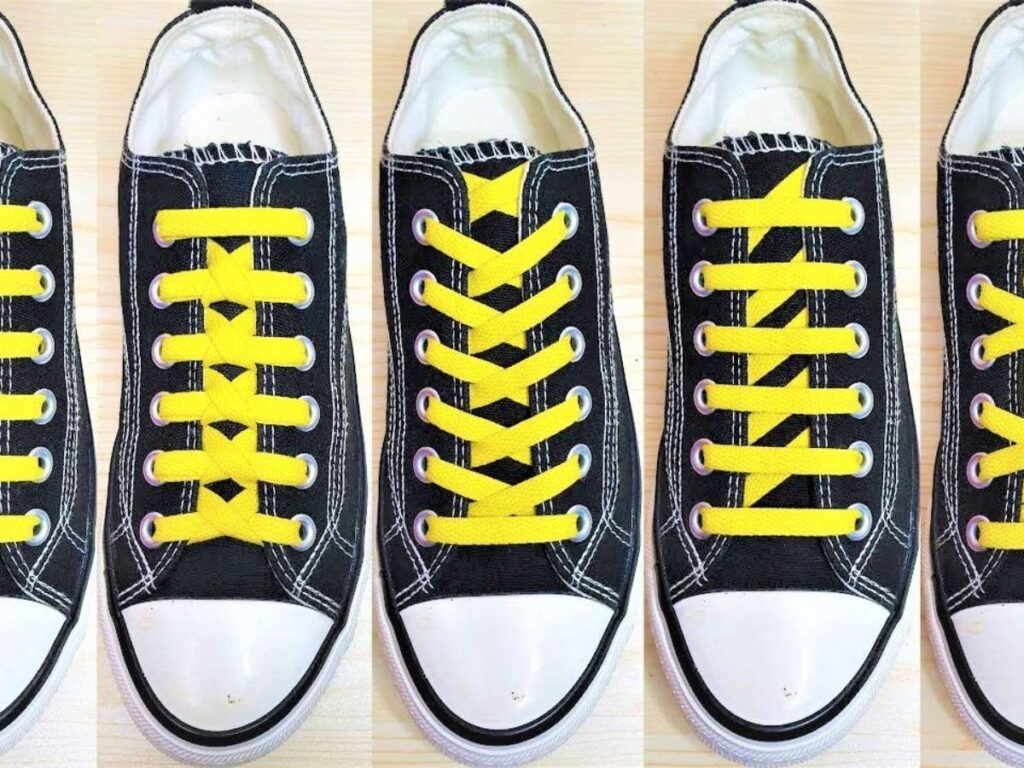
Conclusion
A small tweak, a big impact—that’s what Gap Lacing brings to the table. We explored how this method relieves pressure, improves flexibility, and keeps your workforce moving efficiently.
You now know what it is, how it works, and the best variations to implement based on your needs.
I remember that trade show struggle—wasted time, and unnecessary discomfort. But with Gap Lacing, those problems disappeared. Don’t let poor lacing slow your team down.
What’s stopping you from making this simple yet effective switch?
At XDS, we craft footwear designed for real performance. Contact us today to find the right fit for your team!
Quick Quote
Fill out the form, get the quote in hours!


